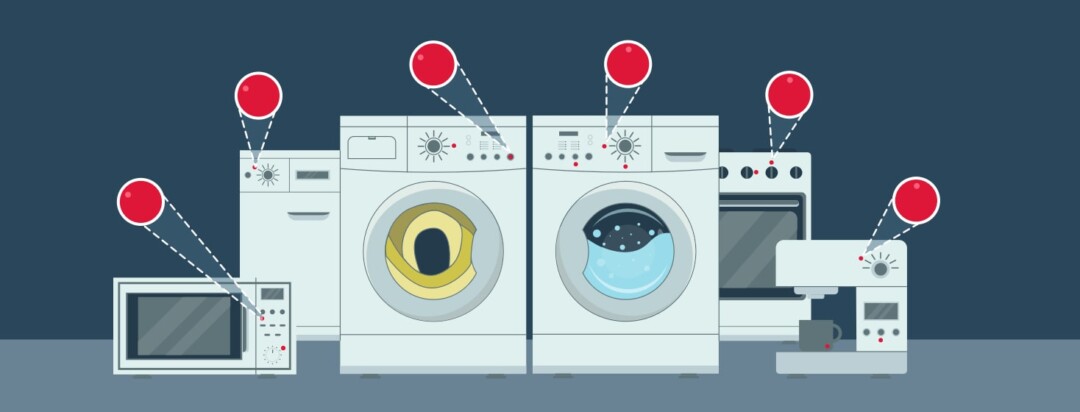Bumping Through the Day With Bump Dots
Editor's Note: This article was originally written by Brown Eyed Girl, a MacularDegeneration.net Community Health Leader.
On the bumpy road of life, all bumps are not equal. Bump dots are definitely on the good side of the equation!
I didn’t know how versatile bump dots could be or how many different types there were! I’d heard of them before, but I didn’t realise the full extent of their use. After a visit to a local low vision centre, I came away with more knowledge and ideas to use and share for others living with macular degeneration and low vision.
Learning the many uses and versatility of bump dots
Years ago, when I was putting nail polish on my mother’s microwave buttons, I knew there had to be a better way to mark her favorite settings. The nail polish looked messy, and she couldn’t see it much better than the original button itself. And it wore off fairly quickly. She couldn’t even feel the nail polish at all.
At the low vision centre, I learned the following handy hints about bump dots. I’ll start from the beginning for those who are new to these little critters.
What are bump dots?
Bump dots are raised, self-adhesive, little tactile bumps to stick to things around the house. They can make the house more accessible by marking things you cannot see. They help you to identify a button or a key on an appliance by touch. They stay in place pretty well, but can be removed if necessary.
Varied colors and shapes
Different colors are available, and different textures, and different shapes. Just as an example, you can have a small orange circle, or a large red circle, or a black square. It can be the color of the dot, or its shape and size, that reminds you what it is for. You can even get some that are in the shape of arrows.
They also come in a clear sticker form with no color. People with reduced vision can still feel them. People without vision impairment can see right through them to the original marking. That way, the equipment is useful for fully-sighted people, too.
Personalizing your usage
Everyone will use bump dots differently. That’s the idea. You mark things in a personalised way. You choose which buttons or keys are most important and useful to you and mark those. A quick tip: Less is more. Don’t put too many bump dots on one appliance or it defeats the purpose.
On a microwave, that could be the 1-minute button, the start button, and the stop button. On an oven, you could place a dot near the temperature you most often use.
The television remote control is another device that could benefit from a bump dot or 2. It’s up to the user to decide which keys are the most useful or the hardest to find.
More tips for applying bump dots to appliances
Any appliance that has a dial, such as a washing machine or dryer, can benefit from bump dots. In these cases, you can use a bump dot on the dial itself, and a bump dot on the base plate, so you know where to turn the dial to. Then, you just have to line up the dots.
Some people still use a landline telephone but can’t see the numbers. My parents were like that in later years. The mobile phone was too difficult for them in their nineties; I set up a quick dial key on their home phone and put a bump dot on it. That way, they could always reach me, as long as they could lift the receiver and press 1 button. Even if they needed someone else, I could arrange for that person to phone them.
How have you used bump dots to make life easier?
Bump dots are great little contraptions. I'm sure there are many more uses for them.
Have you found them helpful for any other purpose? How have you personalized your bump dots? Share with us in the comments below!

Join the conversation